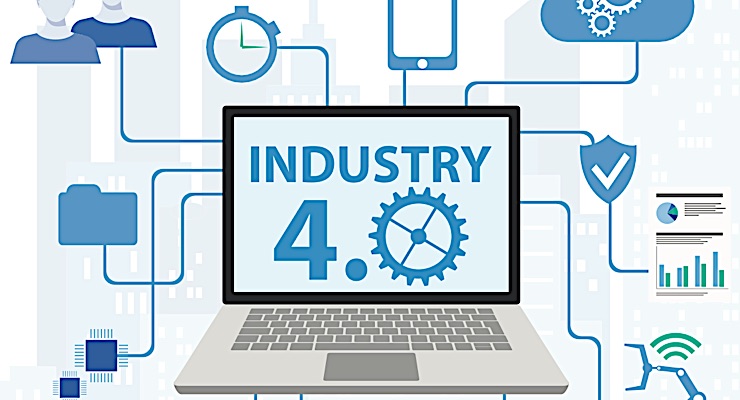There is a significant transformation happening in the industry, which will revolutionize how we produce things and digitize everything related to manufacturing. This is a compelling transaction known as Industry 4.0, which is believed to be the fourth revolution in manufacturing. The first industrial revolution was back when the mechanization of production happened through steam and waterpower. Then through the next phases of industrial revolutions came steam power and electricity. The fourth revolution is with the adoption of automation with smart autonomous systems, which are powered by big data, machine learning, the internet of things, etc.
Ram Chary on industry 4.0
There are many who thinks that industry 4.0 is simply a buzzword, but it is a fact that such a revolution is already taking place, which optimizes the computerization and automation of industry 3.0. While computers came into the picture during Industry 3.0, that was a disruptive change by adding entirely new technology. Now, as industry 4.0 unfolds, Ram Chary points out that computers are getting more interconnected and can produce massive power without human involvement.
Now, the world is going in the direction of cyber-physical collaborative systems, whereas the Internet of Things, along with the Internet of Systems, makes autonomous machines and smart factories a reality. With the support of various smart machines, which become more functional even though getting smarter, the modern factors tend to become less wasteful and more productive. Above all, it is the network of all these computers and machines connected digitally to create and share the info to enormously power industry 4.0.
Applications of industry 4.0
Many organizations have yet to start thinking about participating in the industry 4.0 revolution. However, sooner or later, they may find their businesses struggling to find the needed knowledge and talents to best adapt to the changes. On the other hand, the smarter ones have already started implementing changes to complement industry 4.0 and also preparing effectively for the future in which smart machines will be running their business.
- Identifying new opportunities – Connected machines tend to collect a huge volume of data related to performance, maintenance, and production, whereas big data systems can be used to analyze this data and identify patterns. The business decision-makers can derive insights from this analysis to optimize production and improve efficiency.
- Optimizing supply chain and logistics – Connected supply chain systems will be able to adapt easily according to changing information. For example, if there could be a delay due to bad weather tied up with a shipment, connected systems will adjust to it proactively and work back to adjust the manufacturing to best suit the shipment rearrangements.
Along with these, Ram Chary also says that there are many robots and 3D printing technology, etc., coming into the picture to help improve the efficiency of industry 4.0 applications. The major advantage of organizations with a 3.0 industrial setting is that industry 4.0 is not a very costly or time-consuming shift to make.


